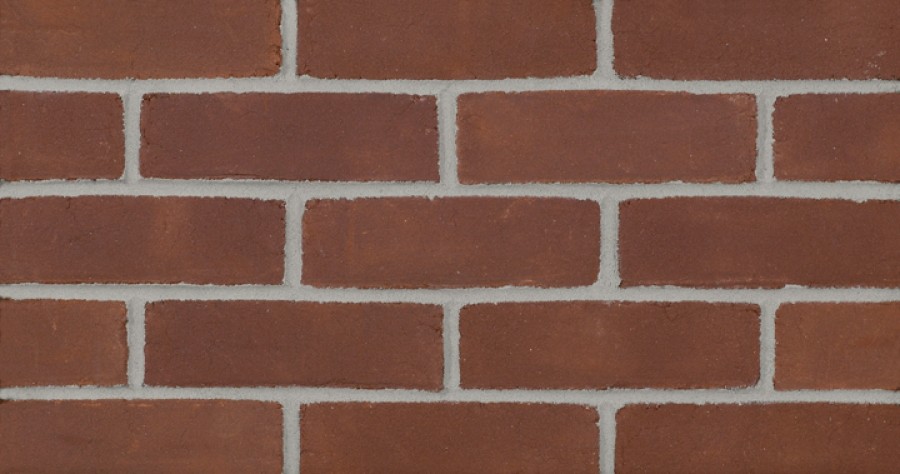How Bricks Are Made: Understanding the Brick Manufacturing Process
Bricks have been a fundamental building material for thousands of years, providing durability and aesthetic appeal to structures around the world. Glen-Gery, a leader in brick manufacturing, is committed to producing high-quality bricks that exceed industry standards. This article delves into the comprehensive process of how bricks are made, highlighting Glen-Gery’s dedication to quality.
Raw Materials: The Building Blocks of Bricks
The primary materials used in brick production are clay, shale, and sand. These materials are carefully sourced to ensure consistency and quality in the final product. The preparation process includes selecting the best materials, removing impurities, and blending them in precise proportions.
The Brickmaking Process: From Quarry to Kiln
Extracting and Transporting Raw Materials
Quarrying clay and shale involves extracting these materials from the earth through various methods. The raw materials are then transported to the manufacturing plant for further processing.
Preparing the Raw Materials
At the plant, the raw materials are ground and mixed to achieve the desired consistency. Water and other additives are added to form a pliable mix, ready for shaping into bricks.
Shaping the Bricks
Extruding & Molding: Forming the Brick Shape
Bricks can be made using different methods, including molded and extruded methods. Each method has its specific applications and benefits, contributing to the variety of brick types available.
Cutting and Shaping
After shaping, the extruded clay is cut into individual bricks. These bricks can be further shaped into different sizes and configurations to meet various construction needs. No additional shaping is needed for molded brick.
Drying: Preparing for the Kiln
Air Drying
Initially, the bricks undergo air drying to remove excess moisture. This step is crucial to prevent cracks during the firing process.
Controlled Drying
In drying chambers, moisture content is further reduced in a controlled environment, ensuring the bricks are evenly dried and ready for firing.
Firing the Bricks: The Kiln Process
Loading the Kiln
Bricks are carefully arranged in the kiln to optimize the firing process. Proper arrangement ensures even exposure to heat and color consistency.
Firing Stages
The kiln firing process involves several stages, each at specific temperatures, to achieve the desired hardness and durability. This process also imparts color to the bricks.
Cooling
After firing, the bricks undergo controlled cooling to avoid thermal shock, ensuring they maintain their strength and integrity.
Quality Control: Ensuring Perfect Bricks
Inspection and Testing
Bricks are subjected to rigorous testing for strength, durability, and color consistency. This ensures that only the highest quality bricks reach the market. Glen-Gery products undergo several rounds of tests, internally and by third-party testing centers.
Sorting and Grading
Bricks are categorized based on quality standards. This sorting process ensures that customers receive bricks that meet their specific needs and expectations.
Final Touches: Ready for Delivery
Packaging and Storage
Bricks are packaged securely and stored in optimal conditions to maintain their quality until they are shipped.
Sustainability in Brick Manufacturing
Environmental Considerations
Glen-Gery takes significant steps to minimize environmental impact, incorporating sustainable practices in its manufacturing process. Learn more about Glen-Gery's recycled content.
From sourcing raw materials to delivering the final product, the brick manufacturing process is intricate and meticulous. Glen-Gery's commitment to quality and craftsmanship is evident in every brick produced. Explore Glen-Gery’s diverse selection of high-quality bricks and discover the craftsmanship behind every product. Explore Glen-Gery's diverse selection of high-quality bricks and discover the craftsmanship behind every product. Contact us today to find the perfect brick for your project!



